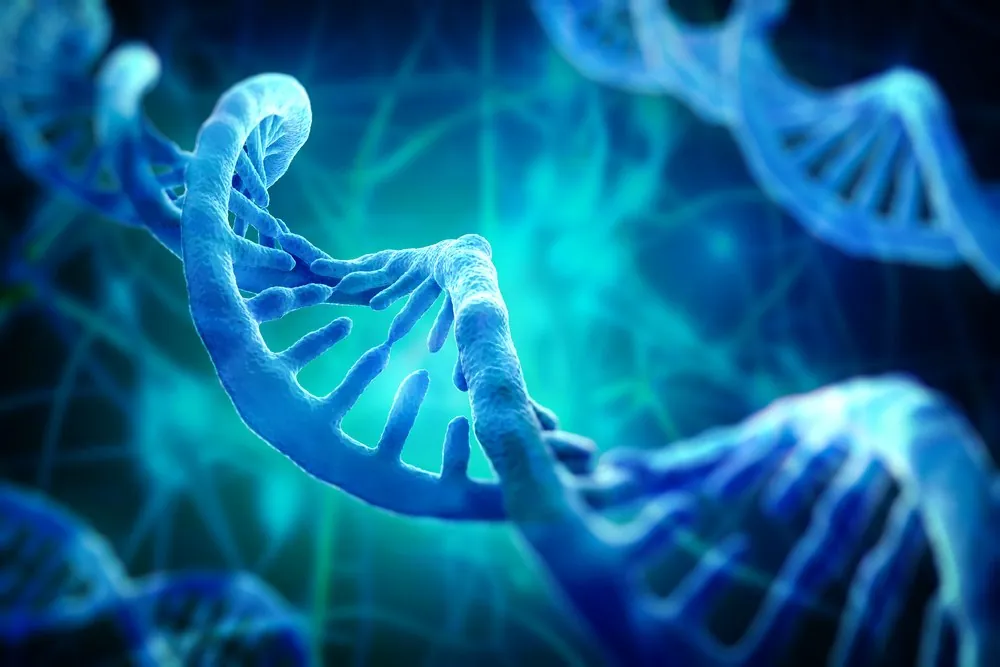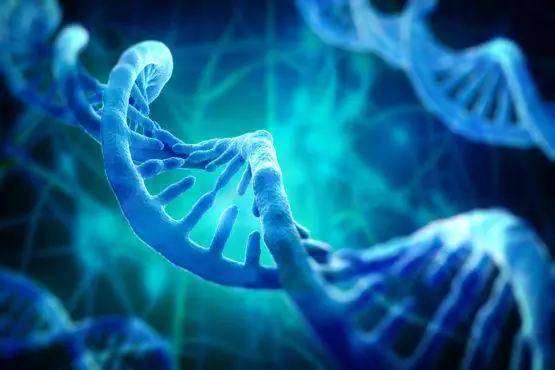Gene editing aims to make precise changes to the target DNA whilst avoiding altering other parts of the DNA. The objective of this is to remove undesirable genetic traits and introduce desirable changes in both plants and animals. For example, it could be used to make crops more drought-resistant, prevent or cure inherited genetic disorders, or even treat age-related diseases.
As some of you may recall, back in May a study was published which claimed that the groundbreaking gene-editing technique CRISPR caused thousands of off-target and potentially dangerous mutations[1]. The authors of the paper called for regulators to investigate the safety of the technique, a move that could potentially set back research years if not decades.
This publication has been widely blasted by the research community due to serious questions about the study design being raised. One of the problems with this original paper was that it involved only three mice, an extremely poor number to make the kind of conclusions the paper did. There have been calls for the paper to be withdrawn and critical responses to the study.
Now a new paper published this month proposes a more reasonable explanation for the questionable results of the controversial paper[2]. If this new paper is correct, it means the original damning paper was in fact wrong, and if so it should be retracted as it is misleading and gives the impression this technique is unsafe.
Unexpected mutations
Back in May this year, concerns were raised about the safety of CRISPR when Stephen Tsang of Columbia University Medical Center and his team compared the genomes of two mice that had been edited using CRISPR with a regular mouse. The researchers discovered that the two edited mice shared thousands of DNA mutations.
The researchers assumed these mutations were due to CRISPR, and as a result, they published a press release suggesting that CRISPR was far more dangerous than the myriad of previous studies suggested.
However, it has long been known that CRISPR does have the potential to cause off-target alterations, and indeed efforts to improve its accuracy are ongoing. The off target changes usually happen when the CRISPR tools bind to DNA sequences that closely match the intended target sequence.
Past studies never raised red flags
In the past, studies on the safety of CRISPR have investigated if any sequences similar to the target sequence had been changed. The majority of these studies found that there were few unwanted changes, suggesting that CRISPR is safe to use.
In his study, Tsang and his team claimed they found thousands of off-target mutations that earlier studies had missed as they only looked at sites that were similar to the target sequence and not the wider genome. This does indeed at first to appear to be cause for great concern about the safety of gene editing.
However, the latest study suggests that the explanation is far simpler: the two CRISPR-edited mice were just more closely related, and so they shared more gene mutations than the control mouse Tsang’s team compared them to.
Tsang and colleagues made the assumption that the three mice they used in their study were genetically identical, as their parents were closely related. However, the way the mouse colony was maintained means this is likely not so and the assumption could well be wrong.
This makes sense, as the shared mutations in both CRISPR-edited mice were nowhere near DNA sequences that were similar to the target sequence that was edited. Thus it is unclear why CRISPR would cause mutations in the exact same sites in two different mice.
Conclusion
It seems that the original study authors may have made a hasty conclusion about the safety of CRISPR and that media hype has done nothing positive either. Given the two mice were very closely related and more likely to share common mutations, plus the way the mouse colony was managed, these new study results casts serious doubt on the validity of the research by Tsang and his team.
CRISPR is of course not free of risks, but it does seem that the risks may not be anywhere near as high as suggested in the Tsang study, which may need amending or retracting in light of this new information.
Literature
[1] Schaefer, K. A., Wu, W. H., Colgan, D. F., Tsang, S. H., Bassuk, A. G., & Mahajan, V. B. (2017). Unexpected mutations after CRISPR-Cas9 editing in vivo. Nature methods, 14(6), 547-548.
[2] Lareau, C., Clement, K., Hsu, J. Y., Pattanayak, V., Joung, J. K., Aryee, M. J., & Pinello, L. (2017). “Unexpected mutations after CRISPR-Cas9 editing in vivo” are most likely pre-existing sequence variants and not nuclease-induced mutations. bioRxiv, 159707.




